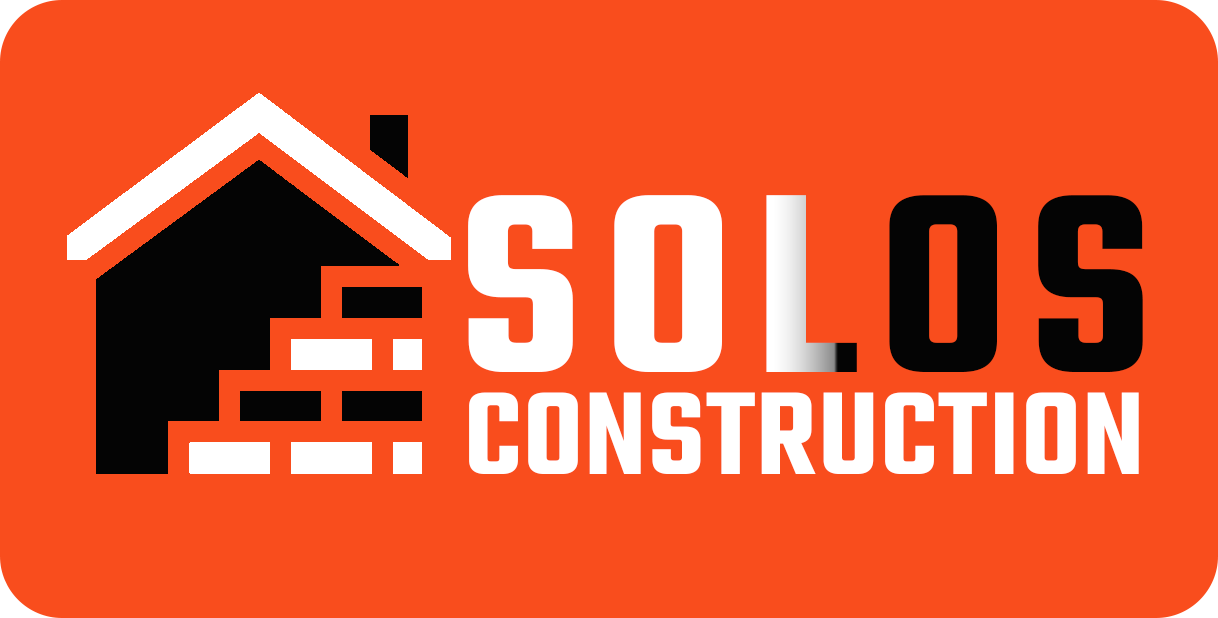951-722-6672 | alfonso@solospros.com
202 C St. San Diego, CA 92101
Stucco 101: Everything You Need to Know Before Choosing Stucco for Your Home
Considering Stucco for your home entails thorough deliberation. Its roots are traced back to ancient civilizations, offering a durable and versatile exterior finish. Before committing, understanding its installation, maintenance, and suitability is crucial. This guide provides essential insights into Stucco, covering its historical significance, practical advantages, and potential considerations. From its ancient origins to its contemporary applications, we'll explore everything you need to know before starting your stucco venture.
History and Evolution of Stucco
Stucco has been a staple of architecture for thousands of years, with evidence of its use dating back to ancient Mesopotamia and Egypt. In ancient Rome, it was commonly used to decorate walls and ceilings, showcasing intricate designs and reliefs. It experienced a revival during the Renaissance, with artists and architects incorporating it into grand palaces and churches across Europe.
The modern evolution of Stucco began in the late 19th and early 20th centuries, with the development of Portland cement as a key ingredient. This innovation allowed for greater strength and durability, making it suitable for various applications. In the United States, it became particularly popular in the Southwest and California, where its ability to withstand heat and drought made it an ideal choice for homes in arid climates.
Types of Stucco
Traditional Stucco
Also known as Portland cement stucco, it consists of a mixture of Portland cement, sand, lime, and water. This mixture is applied in multiple layers to create a solid, weather-resistant surface. Traditional Stucco is valued for its strength and durability, making it a popular choice for residential and commercial buildings.
Synthetic Stucco, or Exterior Insulation and Finish System (EIFS)
It is a newer alternative incorporating synthetic polymers for added flexibility and insulation properties. EIFS typically consists of a foam insulation board attached to the exterior wall, followed by a base coat of synthetic Stucco and a finish coat. While EIFS offers advantages such as improved energy efficiency and design flexibility, it may also pose moisture management and durability challenges.
Benefits of Stucco
Durability and Longevity
It provides a solid and reliable barrier against the elements, lasting several decades when properly installed and maintained.
Excellent Insulation Properties
Its dense composition helps regulate temperature, reducing energy costs by absorbing and releasing heat slowly. This leads to significant savings on heating and cooling bills over time.
Versatility in Design and Finishes
It can be customized to achieve various textures, from smooth and polished to rough and textured. It can also be tinted or painted in any color, creating unique and personalized exteriors.
Minimal Maintenance Requirements
Routine cleaning and occasional touch-ups are all needed to keep looking fresh and vibrant, saving homeowners time and money in the long run.
Stucco vs. Other Siding Materials
Compared to traditional siding like vinyl, wood, or brick, Stucco is favored by homeowners for its durability, energy efficiency, and design flexibility. Its solid construction withstands weather and pests better than wood, providing a reliable barrier. Its insulation properties help regulate indoor temperatures, reducing heating and cooling costs. Additionally, its versatility allows for custom textures, colors, and patterns. Despite potential challenges like labor intensity and maintenance, its long-term benefits make it a valuable investment for homeowners seeking a durable and appealing exterior finish.
Stucco Installation Process
The installation process for Stucco involves several critical steps:
Surface preparation is essential to ensure adhesion and prevent moisture infiltration:
- Cleaning and repairing the substrate remove existing paint, dirt, or debris.
- Cracks or holes in the surface are patched and sealed.
Application of the stucco base coat or scratch coat:
- A mixture of Portland cement, sand, and water is applied thickly over the substrate.
- The scratch coat is scored or scratched to create a rough texture for better adhesion.
Addition of additional layers of Stucco for desired thickness and texture:
- This may include a brown coat for added strength and stability.
- A finish coat determines the final appearance, which can be smooth, textured, or patterned.
Noted:
- Work must be efficient and careful to achieve a uniform and consistent finish.
- Proper curing and drying times between coats are necessary for Stucco to set and harden effectively.
- Attention to detail while applying the finish coat is crucial for achieving the desired texture and appearance.
Common stucco problems
Problems can arise due to various factors, leading to issues that may affect the stucco finish's appearance and structural integrity. Here are some of the most prevalent problems homeowners may encounter:
- Cracking: Cracks can occur for several reasons, including settling of the building, thermal expansion and contraction, or impact damage. While small hairline cracks may be superficial, larger cracks can compromise the integrity and require professional repair.
- Moisture Damage: Stucco is susceptible to moisture infiltration, especially in areas with high humidity or frequent rainfall. Signs of moisture damage include staining, discoloration, and softening of the stucco surface. If left untreated, moisture damage can lead to mold, mildew growth, and structural issues.
- Efflorescence: Efflorescence is a white, powdery substance that can appear on the surface of Stucco. It is caused by the migration of soluble salts to the surface, where they crystallize and form a powdery deposit. While efflorescence itself does not pose a structural risk, it can detract from the appearance of the Stucco and may indicate underlying moisture issues.
- Staining: It can become stained over time due to exposure to environmental factors such as dirt, pollution, and organic growth. Stains can detract from their appearance and may require cleaning or, in severe cases, repainting to restore the finish.
- Delamination: Delamination occurs when the layers of Stucco separate from each other, often due to inadequate adhesion or improper installation. Delamination can result in bulging or blistering of the stucco surface and may require repair or replacement of the affected areas.
- Fading: Over time, exposure to sunlight can cause the color to fade, resulting in a dull or uneven appearance. While fading is primarily a cosmetic issue, it can detract from the home's overall aesthetic and may require repainting or refinishing to restore the original color.
- Structural Issues: In some cases, problems may be indicative of underlying structural issues, such as inadequate support or improper framing. These issues can manifest as cracks, bulges, or other visible signs of distress in the finish and may require consultation with a structural engineer or contractor for proper evaluation and remediation.
Stucco Maintenance and Repair
Renowned for durability, it may encounter occasional repairs like cracks or moisture damage. A stucco patching compound can quickly fix minor issues like hairline cracks. Larger cracks may necessitate section replacement for proper repair. Moisture damage signs include staining and softening of the surface, risking mold growth and structural harm if untreated. Regular maintenance is vital, involving surface inspections, cleaning with mild detergent, and sealing with a waterproofing sealant to prevent moisture intrusion and prolong life. While homeowners can handle many repairs, complex issues may require professional assistance to preserve Stucco's beauty and functionality.
Conclusion
In summary, choosing Stucco for your home entails carefully considering its history, benefits, installation, and maintenance. Consulting with professionals like Solos Construction can aid in making an informed decision that enhances your home's beauty, durability, and sustainability. It offers endless customization possibilities, reflecting personal style and increasing property value. Understanding its fundamentals equips you to decide if it's right for your home, appreciating its durability, energy efficiency, and design versatility. With knowledge of Stucco's history, types, benefits, and installation, you can confidently pursue a lasting and beautiful exterior finish for your home.
For expert guidance and quality stucco services, contact Solos Construction at (951) 722-6672
or via email at alfonso@solospros.com. You can also visit their office at 202 C St. San Diego, CA 92101. Let Solos Construction help you transform your home with premium stucco solutions today!
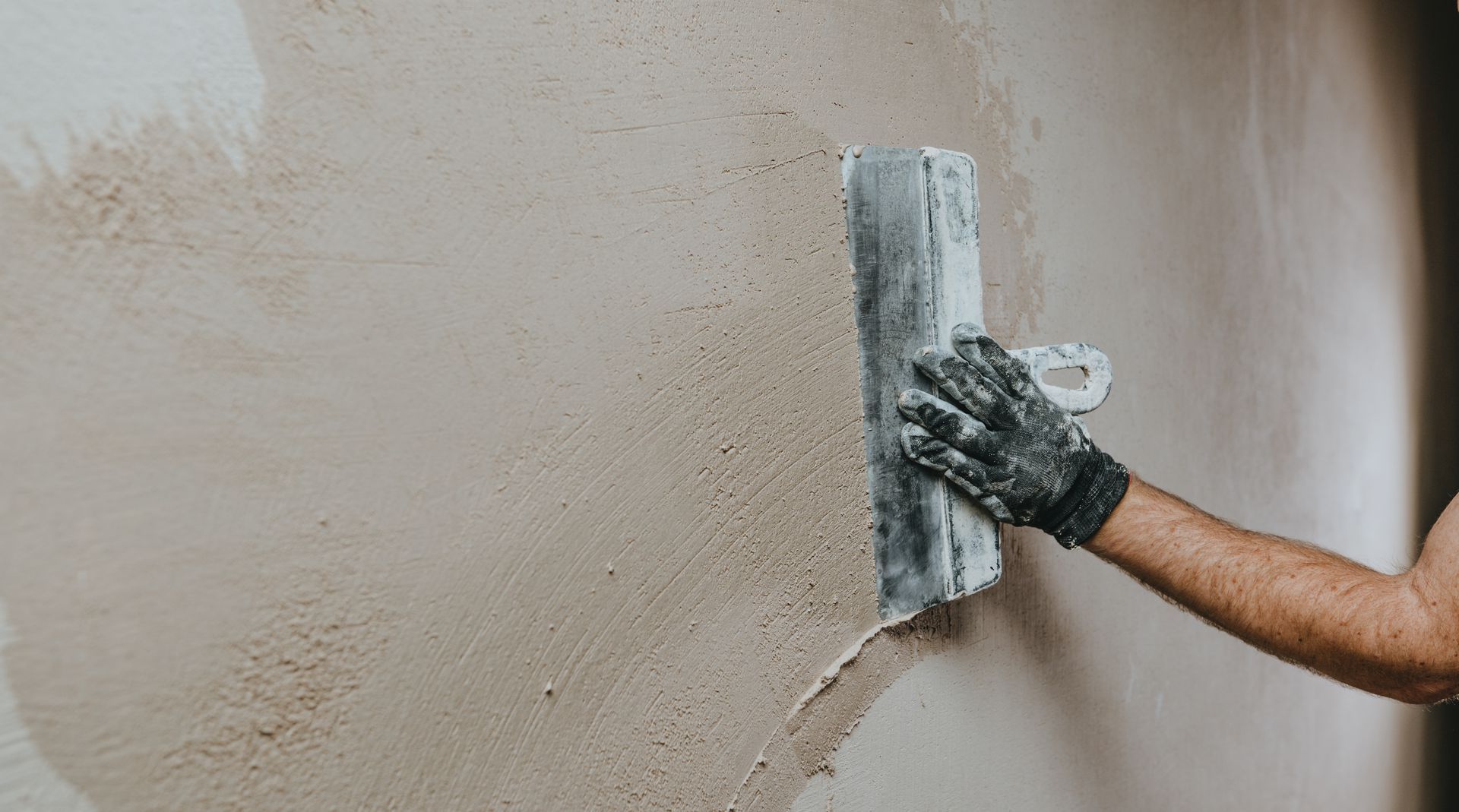
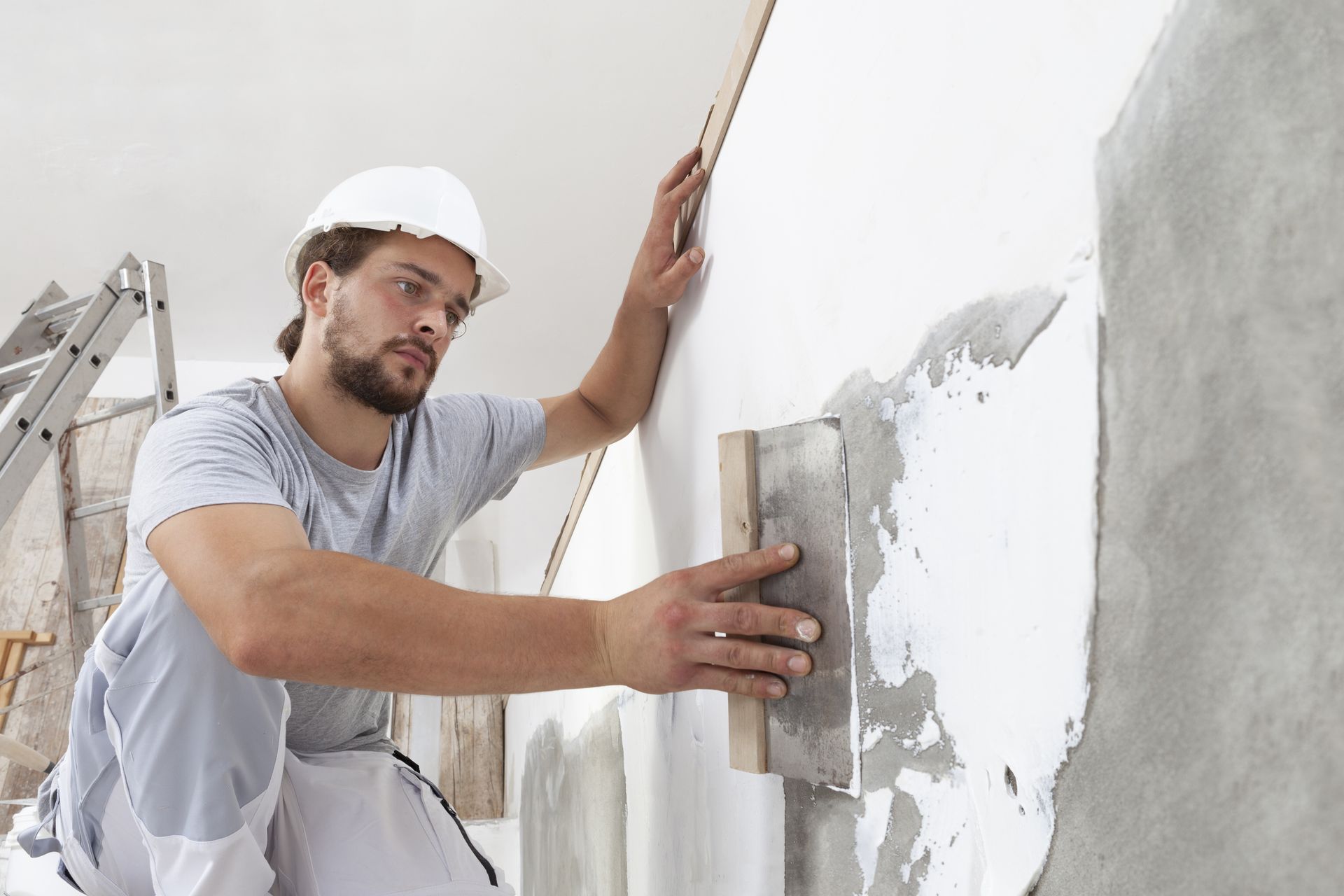
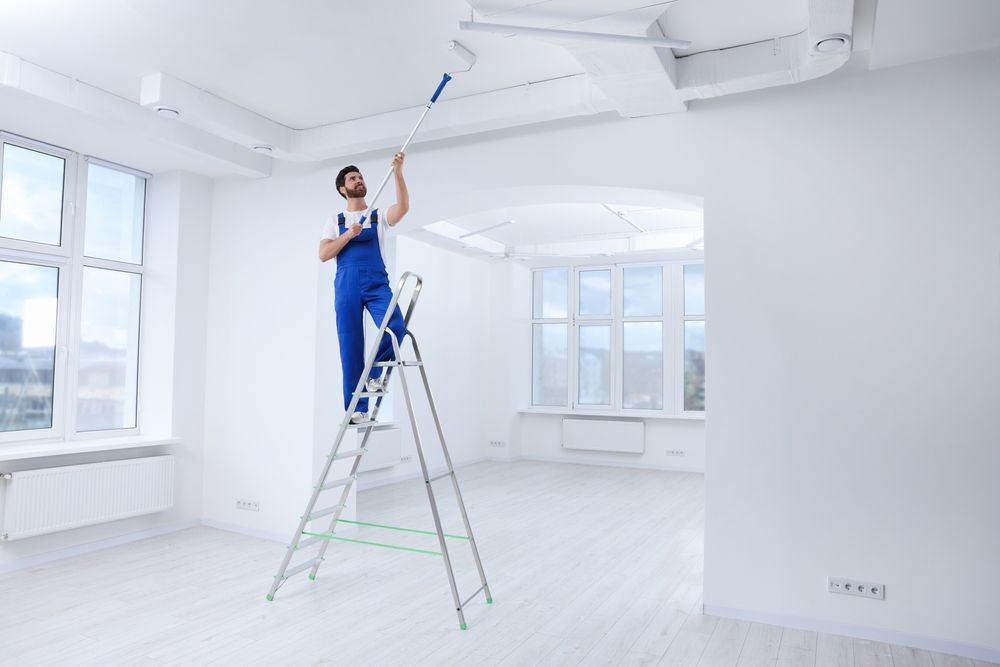
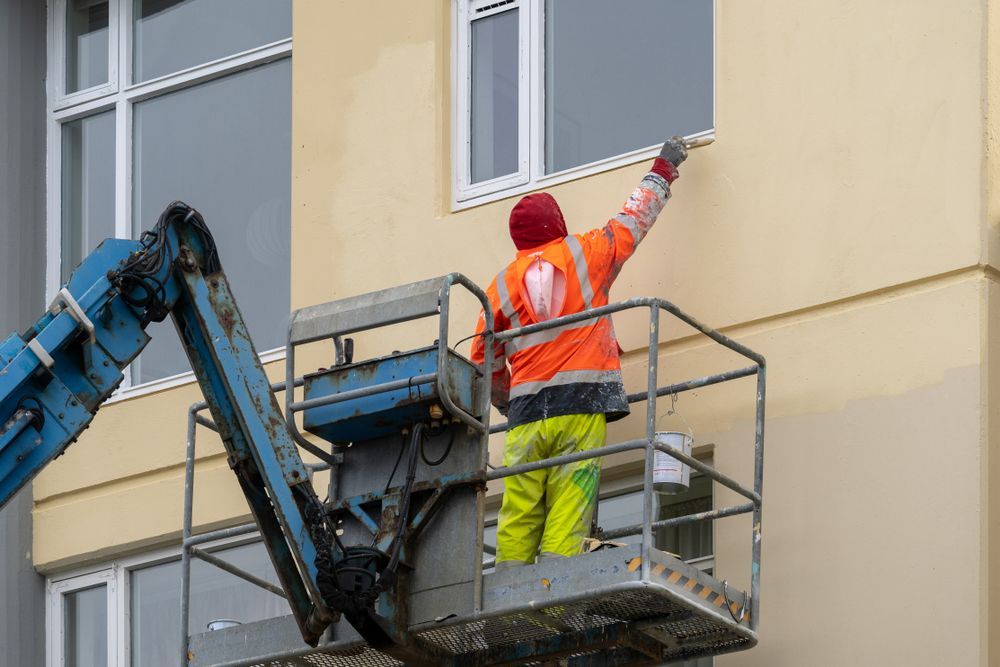
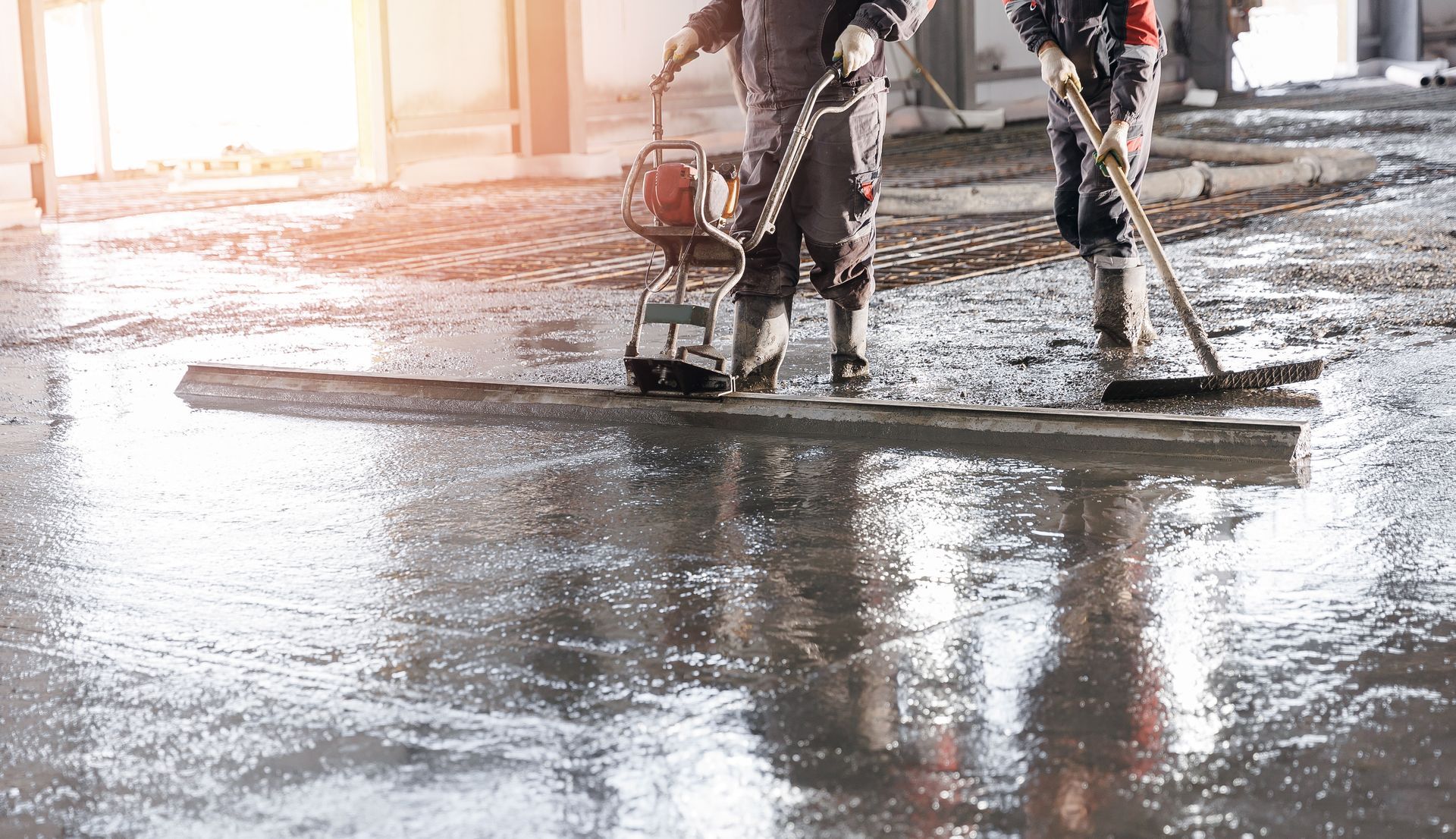

All Rights Reserved | Solos Construction
